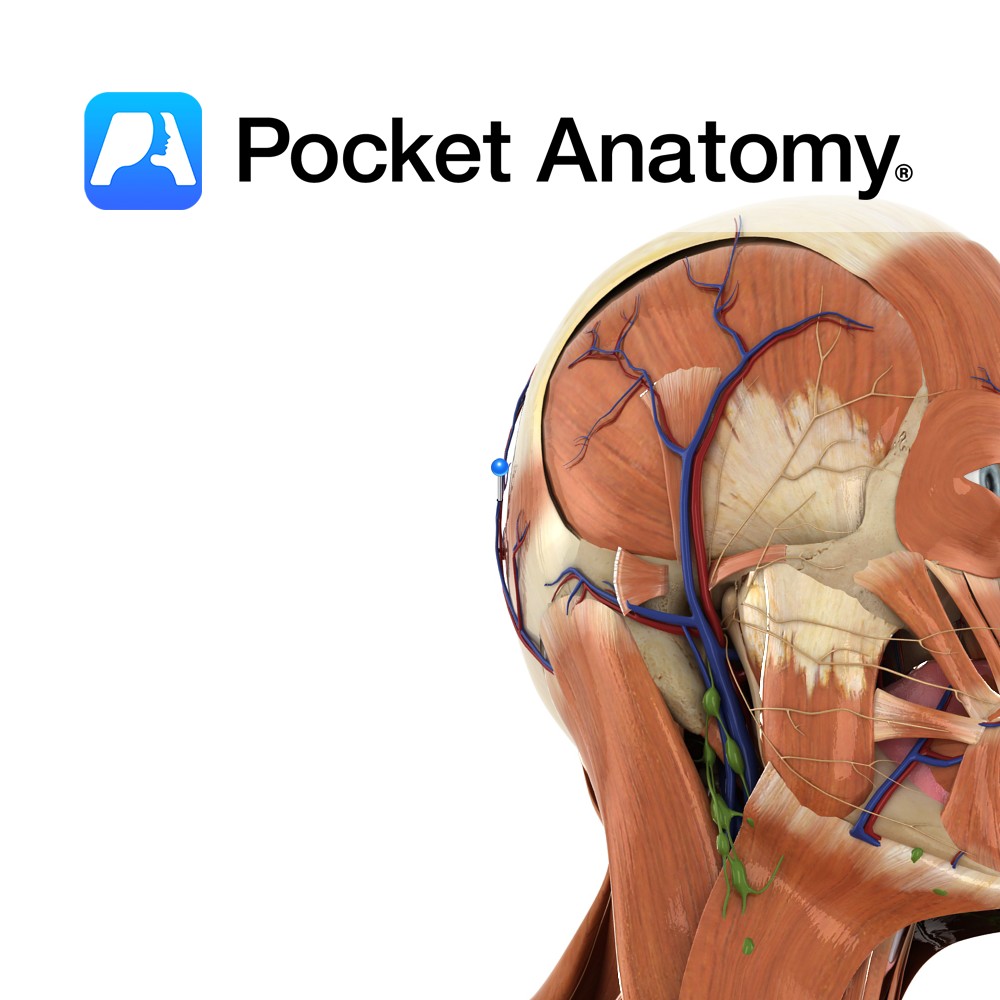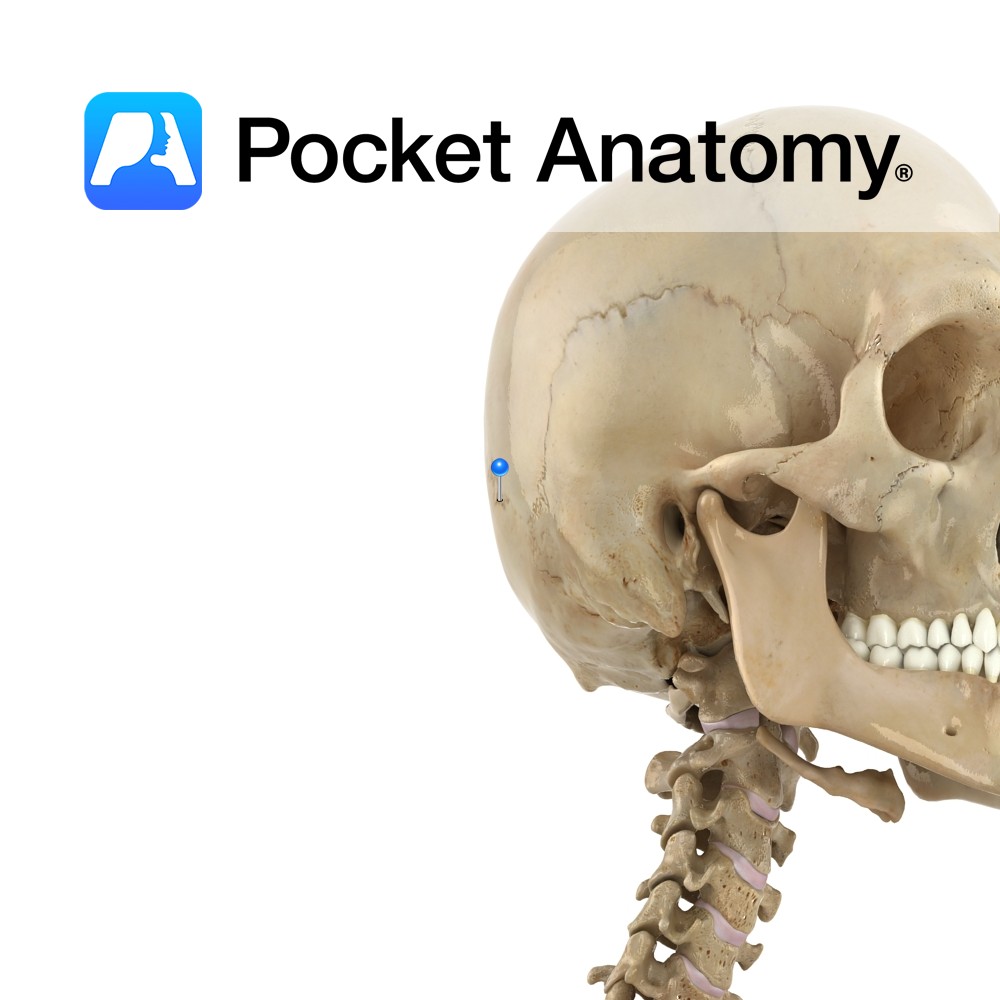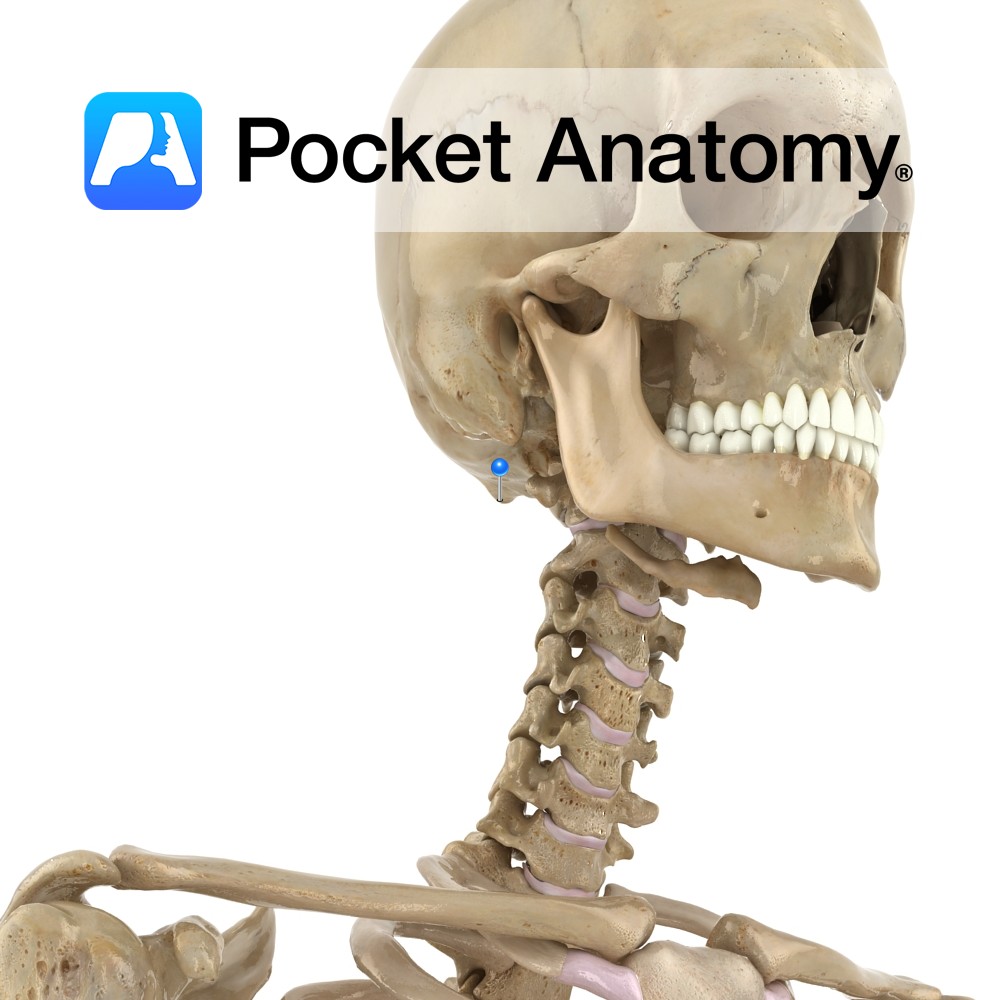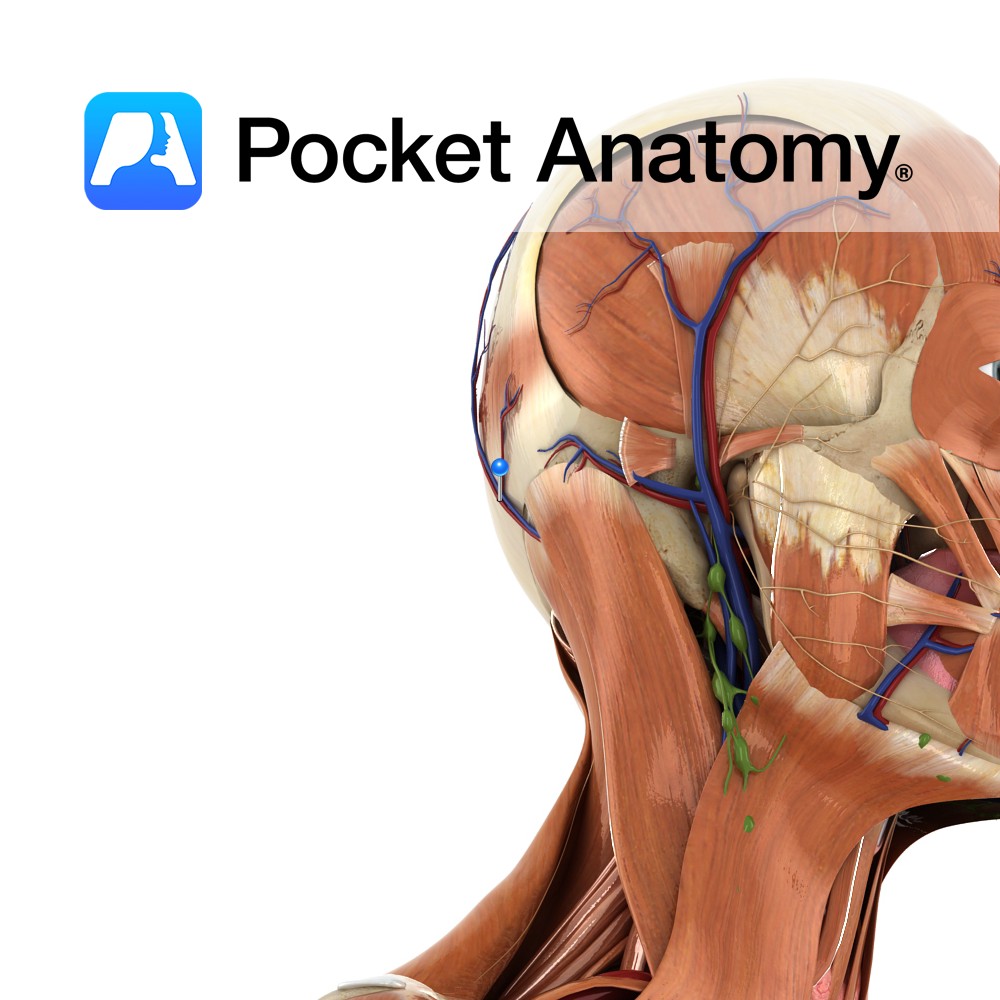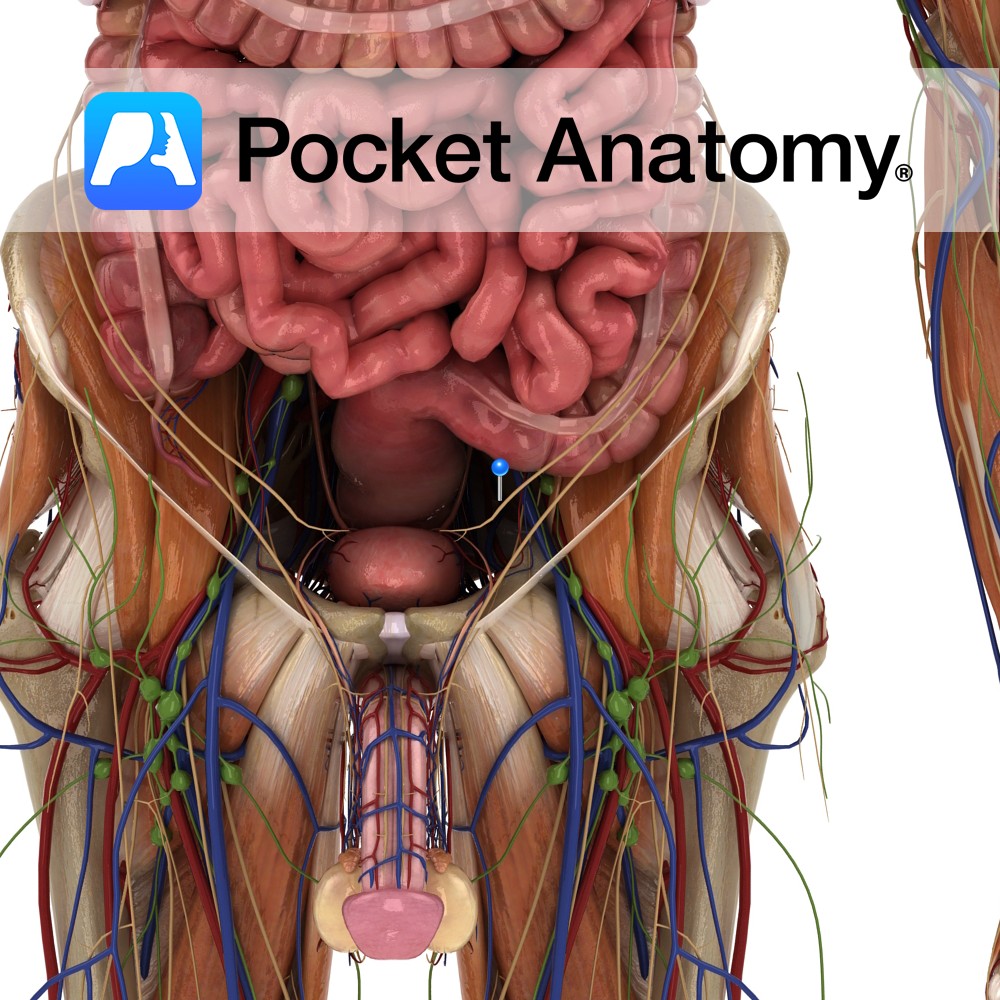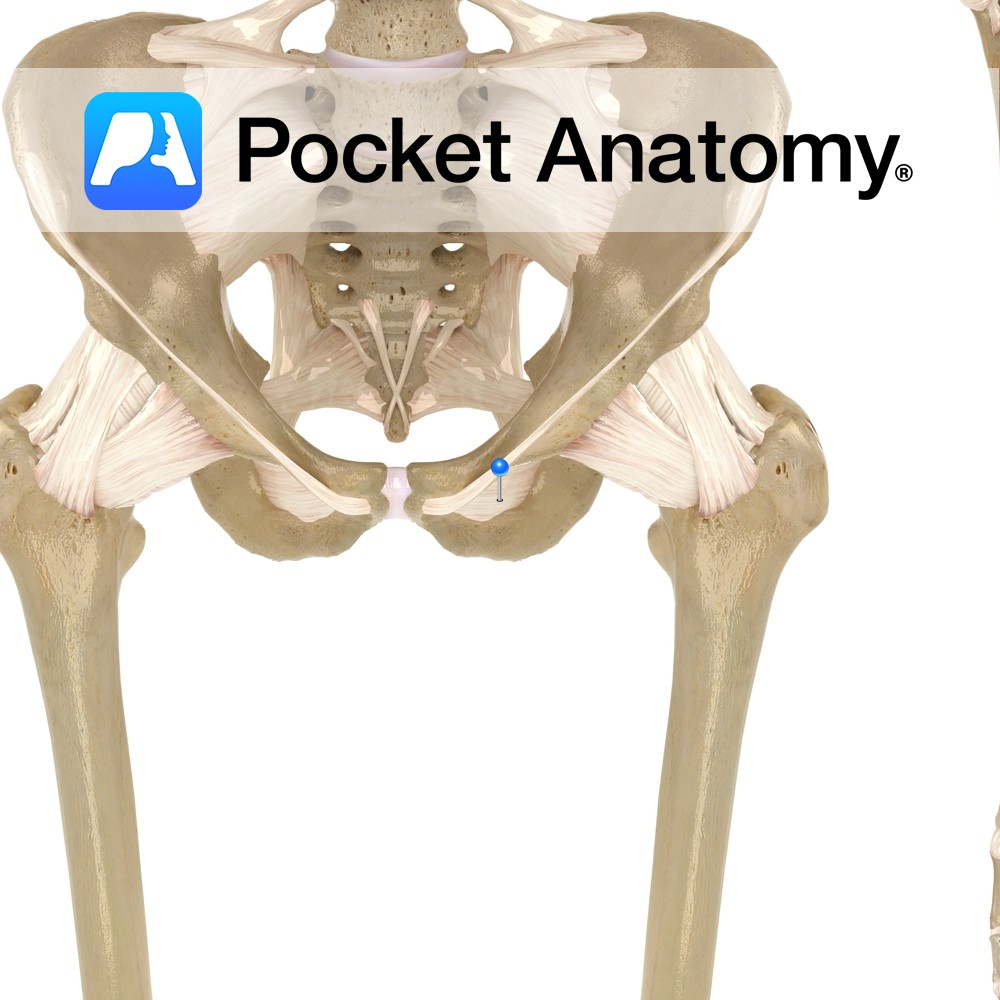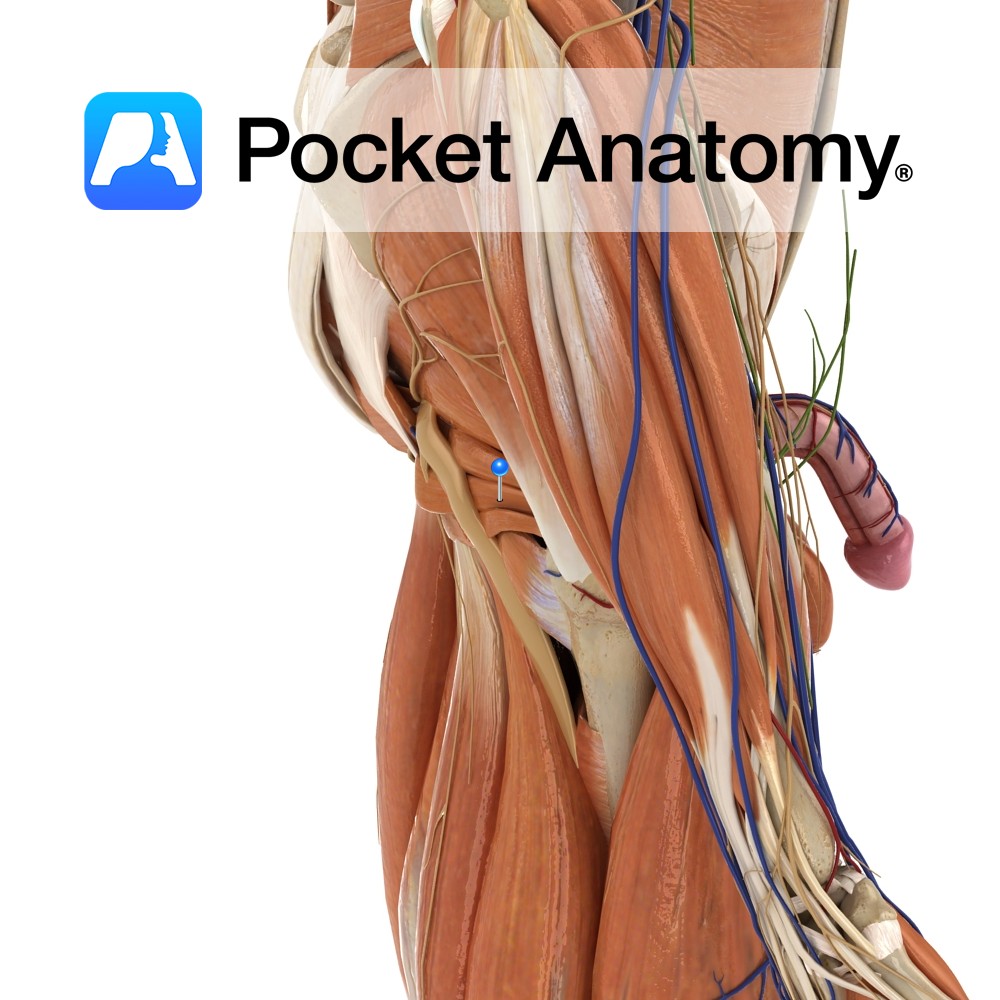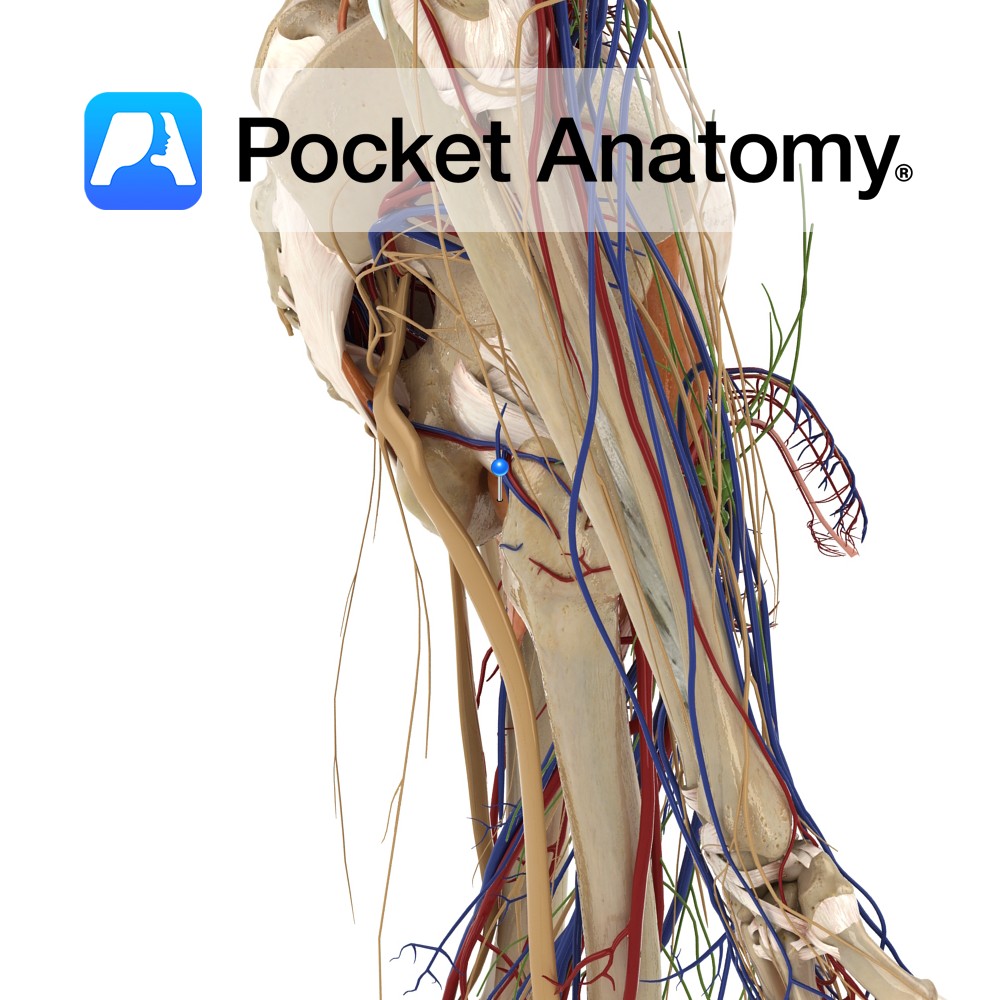PocketAnatomy® is a registered brand name owned by © eMedia Interactive Ltd, 2009-2022.
iPhone, iPad, iPad Pro and Mac are trademarks of Apple Inc., registered in the U.S. and other countries. App Store is a service mark of Apple Inc.
Anatomy Origin: Arises from olfactory receptors in the epithelium of the nasal cavity. Course: The olfactory receptor axons enter the cranial cavity through the foramina of the cribriform plate of the ethmoid bone. They synapse in the olfactory bulb located on the inferior surface of the frontal lobe. Information is carried from the olfactory bulb
- Published in Pocket Anatomy Pins
Anatomy Origin: Occipitalis has no bony origin. Its fibres are continuous with those of the muscles procerus and corrgator supercilii. Insertion: Fibres join the galea aponeurotica (epicranial aponeurosis) below the coronal suture. Key Relations: Many consider frontalis and occipitalis as one muscle (called occipitofrontalis) with an aponeurotic tendon between two bellies- a frontal belly and
- Published in Pocket Anatomy Pins
Anatomy Course A superficial vein of the scalp that originates from a plexus. It eventually becomes one vein that empties into the internal jugular vein, or into another plexus – the suboccipital plexus. Drain Drains the occipital region of the scalp. Interested in taking our award-winning Pocket Anatomy app for a test drive?
- Published in Pocket Anatomy Pins
Anatomy Rigid, fibrous joint between the occipital, and left and right parietal bones. Vignette Suture shaped like Greek letter Lambda (λ). Interested in taking our award-winning Pocket Anatomy app for a test drive?
- Published in Pocket Anatomy Pins
Anatomy A midline bump on back of head, on the external surface of satellite-dish-like vertical part (squama) of occipital bone, halfway between the foramen and its highest point. The highest nuchal lines run laterally from the protuberance, with the superior nuchal lines located slightly below. The median nuchal line runs inferiorly to the foramen, with
- Published in Pocket Anatomy Pins
Anatomy Course A branch of the external carotid artery. It branches from the external carotid just before it passes behind the posterior belly of the digastric muscle and is crossed by the hypoglossal nerve. It ascends travelling posteriorly, and passes through the space between the transverse process of the atlas vertebra and the mastoid process
- Published in Pocket Anatomy Pins
Anatomy Course Begins in the adductor region of the hip joint. It enters the pelvic cavity via the obturator canal. It travels posteriorly in the pelvic cavity to drain into the internal iliac vein. Drain Drains the adductor region of the hip. Interested in taking our award-winning Pocket Anatomy app for a test drive?
- Published in Pocket Anatomy Pins
Anatomy A thin fibrous sheet, which largely occludes the obturator foramen. Its fibers are mainly transverse. Both obturators externus and internus connect with the membrane. Functions May help the obturator muscles laterally rotate the extended thigh at the hip joint. Interested in taking our award-winning Pocket Anatomy app for a test drive?
- Published in Pocket Anatomy Pins
Anatomy Origin: Anterolateral wall of the pelvis, pelvic surface of the obturator membrane and margins of obturator foramen(i.e. inferior rami of pubis and ischium). Insertion: Medial surface of the greater trochanter of the femur. Key Relations: -Within the pelvis, forms lateral wall of ischiorectal fossa. -Outside the pelvis, it’s tendon lies between the superior and
- Published in Pocket Anatomy Pins
Anatomy Origin: Outer margins of the obturator foramen, the medial two thirds of the obturator membrane and the pubic and ischial rami. Insertion: Trochanteric fossa on the medial aspect of the greater trochanter of the femur. Key Relations: -One of the six muscles of the medial compartment of the thigh. -The obturator vessels lie between
- Published in Pocket Anatomy Pins

.jpg)

